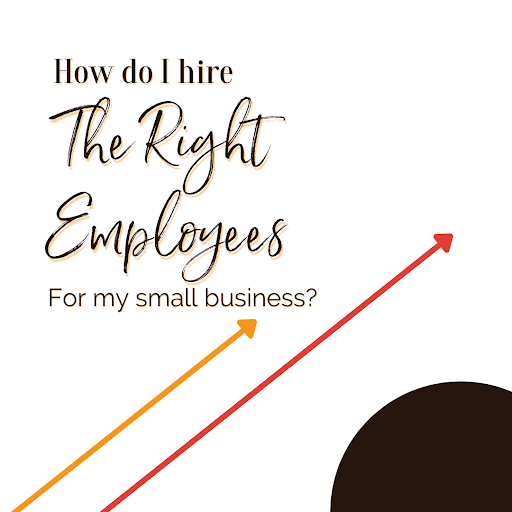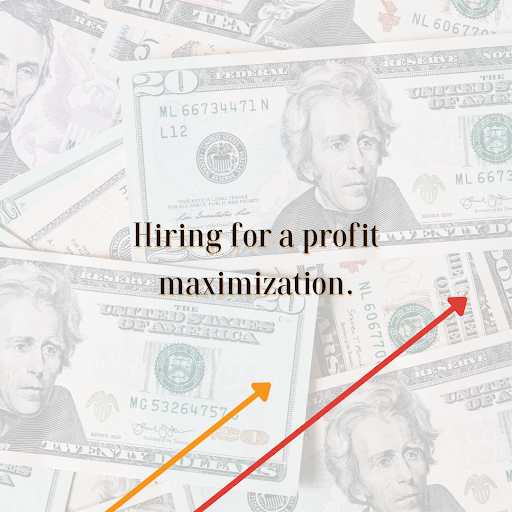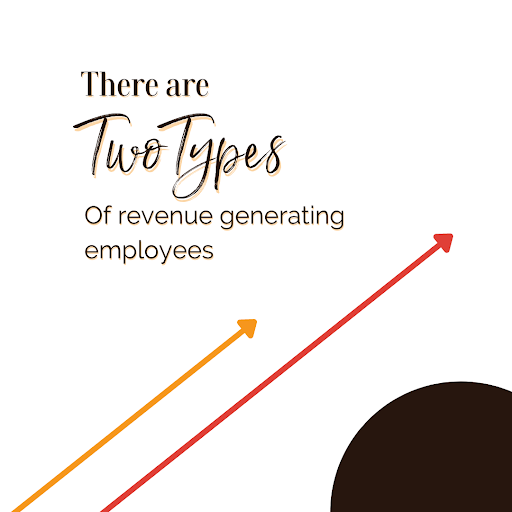How To Know If You’re Ready To Hire Support For Your Small Business
Summary: Figuring out if you can afford to hire support for your small business can be hard. You want to make sure that you're making the most of your money and not wasting it on something that won't help your business grow. However, when you hire the right support, you'll find it's one of the best decisions you can make for your business. But first, finding out if you can afford to hire support is a must!
Listen in as I share some ways to know when it's the right time.

Making the decision as to whether or not you’re ready to start building a team can be a hard one to make.
The question isn’t whether or not you could benefit from some help, because, well, of course, you could!
The question is whether or not the person (or people) you bring on will be able to help your business grow (and, in turn, help YOU make more money!).
Unfortunately, the concept of hiring as a small business owner gets a bad rep. People are (rightfully) hesitant to take the risk and end up putting off the decision a lot longer than they should. But the reality is this:
Hiring support for your small business, especially if you are a service-based business, is the best decision you can make for your business.
We want you to feel comfortable and confident in this decision, however. Which is why it’s important to, first, ask yourselves the right questions.
How Do I Hire The Right Employee For My Small Business?

To answer this question efficiently, you need first to understand your motivation for hiring somebody. There are four key motivations in business for hiring, which are:
1. Hiring for a task:

If you need help with financial records, you will hire a bookkeeper to take all such tasks off your plate.
2. Hiring for a result:

You would hire a sales manager to build a sales team if you had a goal, for example, of generating 30% more sales.
3. Hiring for profit maximization:

Your new hire will take a significant amount of work off of your plate, and the cost per hour for yourself is much higher than the tasks dominating your workday. If you can take these tasks off of your plate in a way that makes sense, you can now maximize your profit.
4. Hiring for balance:

It’s important to understand that sometimes, the result may not be direct revenue when you hire. Instead, the person may be serving as an extra helping hand so that you can get some tasks off of your plate and have a better work-life balance. The profit that could result from this is more indirect, as you have more time to rest and recharge can allow you more mental strength and creativity to come up with the big ideas that count the most.
There Are Two Types of Revenue-Generating Employees

It is crucial to clearly understand your reasoning behind hiring a new team member and how they will impact revenue. Of course, every employee should impact revenue, but they will either do so directly or indirectly.
1. Direct earner:

This is somebody considered billable, whether in deliverables or sales, and they are producing measurable, direct results.
2. Indirect earner:

This is somebody who gives support in vital ways to the business. It’s harder to prove that they’re generating revenue, but you will often find that your direct earners will not be as effective at generating income for the company without them.
How Quickly Can Your New Hire Generate Revenue?

There are two ways to tackle this question:
1. Get your business in a cash-forward position:

This simply means that your business has the money to make these types of investments. Worrying about whether you can afford an employee is not a problem because we combated that fear upfront with proper preparation.
Now, not everyone is not in this type of position, so it’s best to look at the sliding scale...
2. Use the sliding scale to determine your confidence to dictate your next action:

Depending on your confidence level, we can make a plan accordingly.
Often, when we can see a clear path to additional revenue as a result of bringing on the new hire, the only real thing to worry about is whether or not you have enough funds to cover three months' worth of an employee's salary. (Assuming all goes well, three months is usually a reasonable time to start seeing some true revenue generation from a new hire).
This may seem scary for some people, so we turn to a sliding scale in increments of 25%, 50%, 75%, and 100% based on your confidence level.
25% Confidence Level: When you have a 25% confidence level that you can generate some revenue in the next 3 to 6 months, I want you to start putting aside money for a new hire at the end of every payroll. This will allow you to start building up a security blanket of cash and get you into the habit of adding some extra cash to your payments every month.
50% Confidence Level: At this point, I’ve found that the next step is to do some strategy work to figure out how you can generate revenue from this new hire and prepare three months of an employee's salary ahead of time.
75% Confidence Level: If you’ve reached this level, buckle up, it’s time to get started! It takes time to find your ideal candidate in today’s market. We’re aiming to take the time to find the right people who will want to stick around. Start putting together a job description and posting it online.
100% Confidence Level What are you waiting for? Go out and make it happen!
Wrapping It Up
All of the strategies discussed above are necessary steps in preparing yourself for taking on a new hire. First, understand your intent in hiring, then prepare for making the addition to the payroll, strategize, and take your time finding the right fit for your business.
It’s possible, however, that you’ve found yourself thinking, “I should’ve hired three months ago,” and you’re in dire need of some extra help ASAP. If this is the case, I suggest having three backup hires ready to go. If the new person isn’t meshing well, you’ve got other options to fill in the gaps while you figure out your footing.
If I can help your business in any way, feel free to reach out! Find some time on my schedule and let's chat!
